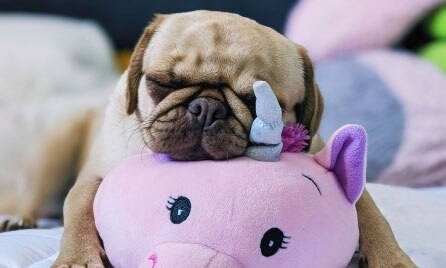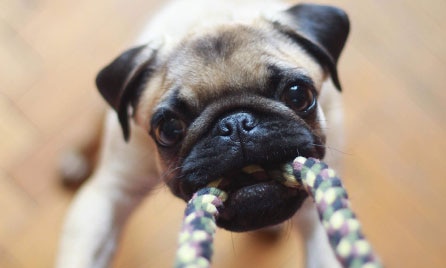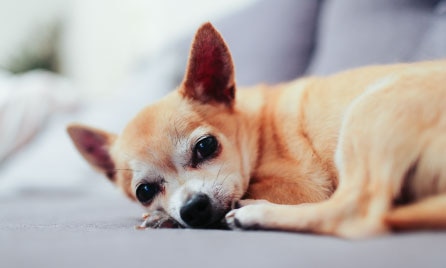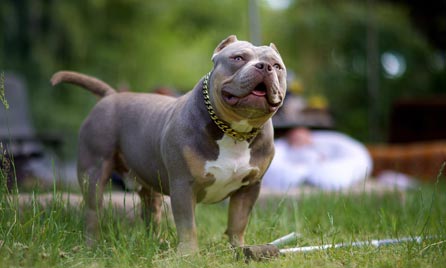- text
-
# Policy Terms and Conditions, exclusions and limits apply. Benefit limit amounts vary by level of cover.
Information about Pugs.
Pugs are known for their small stature, wrinkly face, and loveable nature. Originating from China and moving to Europe in the sixteenth century, they’ve become a popular breed in Western society, notably by the English royal family, thanks to Queen Victoria.
Their distinct features include a short muzzle, a light fawn coat, and a square/ compact body shape. Although they come in a variety of colours, they’re known for their beige appearance.
Interested in learning about this quirky breed? Read our guide below to learn about the Pug dog.









